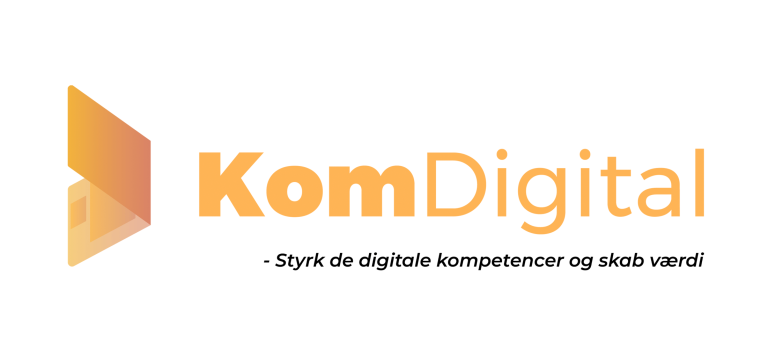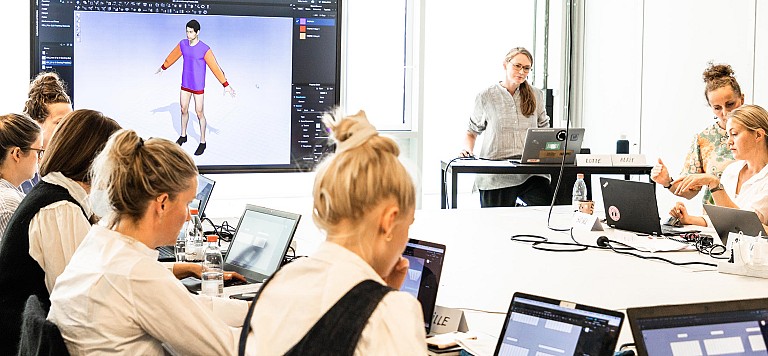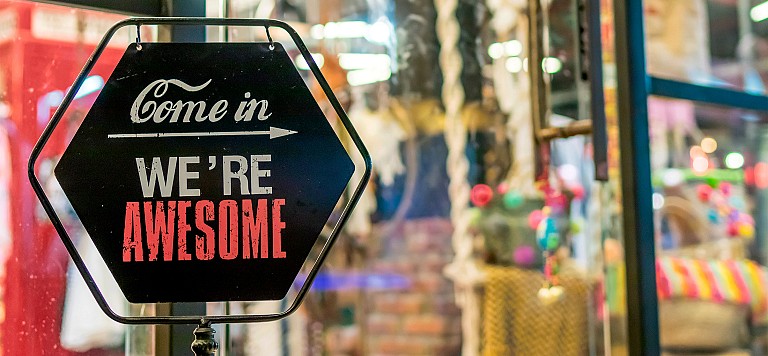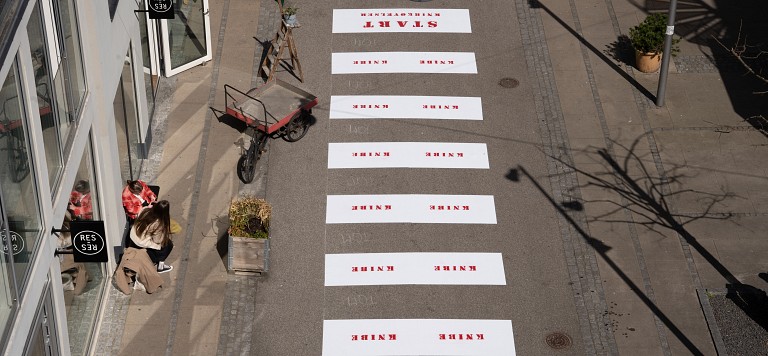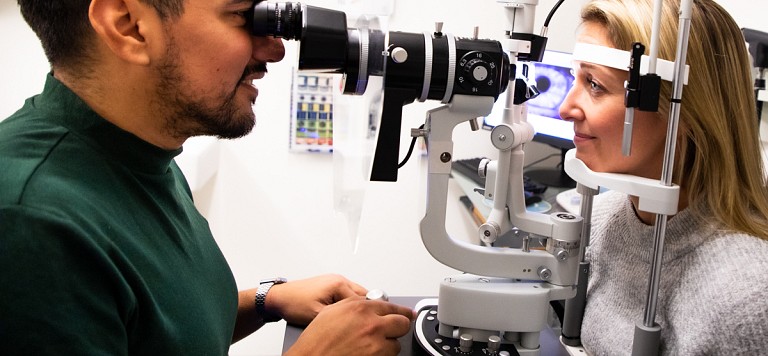Several national and international fashion companies, educational institutions and DM&T, Danish Fashion & Textile, were involved in the project, and the results were shared with other representatives from the industry. The project also led KEA to create a new specialisation - Sustainable Fashion Tech.
3D VP can simulate clothing
Webinarer om 3D VP
se vIDEO: 3D VP - IMPLEMENTERING & WORKFLOW I PRAKSIS
se video: 3D VP - Den gode pasform
3D virtual prototyping (3D VP) is a technology that can simulate clothing in relation to how the material hangs, how the material feels (the tactile properties), and the fit of a product. Instead of developing a physical prototype that needs to be tested and modified several times, you can now make a virtual prototype with the same functional capabilities.
More sustainability and better economy
An estimate shows that, by using 3D VP, up to 60% of the physical production, sales and proto samples can be cut out. This will increase sustainability in the fashion industry while allowing companies to reap the economic benefits of reducing the number of physical samples.
When the entire process from idea to finished clothing is sped up, the chance of creating a product that is relevant to consumers increases. It will make the clothes easier to sell, and the stores can reduce deadstock, that is, the amount of unworn, unsold clothes
WORLDWIDE COOPERATION WITH THE FASHION INDUSTRY
The teachers at KEA Design used the Copenhagen Fashion Summit as a starting point to find inspiration and, at the same time, uncover what competences a potentially new programme should give the students. The Copenhagen Fashion Summit is an annual fashion event with participants from all over the world and a strong focus on sustainability in the fashion industry.
The next step in the project was a pilot workshop where the teachers introduced the fashion industry to 3D VP to discuss whether they could see a value in the product. Next, the teachers conducted a series of qualitative interviews with selected companies and educational institutions. The industry and employers’ association for Danish textile and clothing companies, Dansk Fashion & Textile, helped to facilitate contact with the companies. Students from KEA also participated in pilot workshops.
Partners
The fashion industry
Educational institutions
Jason Wang, COO & May Fong, Senior Consultant // Alvanon, Hong Kong
Helle Jørgensen, Founder & CEO // Artikel store, Denmark
Rickard Lindqvist, Designer // Atacac, Sweden
Caitlin Martin, 3D Designer // Burberry, England
Serena Kim, Project Manager // CLO3D, Hong Kong
Idy Lee, Senior Vice President // Li & Fung Sourcing, Hong Kong
Jan Chan, Director // Optitex, Hong Kong
Thomas Cheung, General Manager // Pad System, Hong Kong
Joshua Dorland, // STITCH, The Netherlands
Trine Brodie, Designer // UTG, Denmark
Anonymous, Designer // XL Design Company, Germany
Heli Salomaa, Teacher // Aalto, Finland
Sandra Kuijpers, Teacher & Researcher // AMFI, The Netherlands
Christel Arnevik, Programme Manager // Designskolen Koling, Denmark
Tetsuo Tamanaha, Assistant Professor // FIT, New York, USA
Jayne Mechan, Senior Lecturer Fashion Technology // MFI, England
Christina Kountiou, Professor of Fashion/ Fashion Marketing and Management // SCAD, Hong Kong
THE NEW SPECIALISATION SUBJECT: SUSTAINABLE FASHION TECH
At KEA, we focus on three strategic benchmarks for our programmes – sustainability, technology and business. As part of the project, it was therefore important to investigate what competences KEA's graduates must possess to continue to be attractive employees for the fashion industry's clothing companies.
The results from the project led to the creation of the specialisation subject, Sustainable Fashion Tech. It is now a line of specialisation on the top-up programme Design & Business and on the Design Technology programme.
READ ABOUT THE SPECIALISATION MODULE ON THE BACHELOR PROGRAMME DESIGN & BUSINESS
Read about the design technology programme
Download the report: 3D Virtual Prototyping for the fashion industry (PDF in danish)
Download article for e-book: Using 3D apparel visualisation and teaching to develop new skills and possibilities (PDF)
Contacts
Lotte Nerup (LOTN@kea.dk)
Berit Konstante Nissen (bekn@kea.dk)


